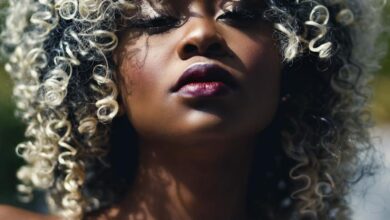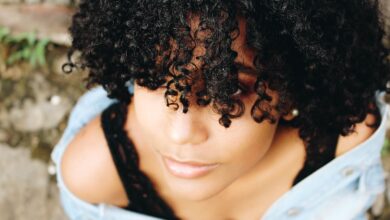
In “Decoding Common Hair Myths with Stylish.ae’s Expert Panel,” you will discover the truth behind popular misconceptions about hair care. With insights from the expert panel at Stylish.ae, this article provides valuable information to help you separate fact from fiction. Whether you’ve heard that cutting your hair makes it grow faster or that using too much shampoo is bad for your scalp, this article will debunk these myths and give you the knowledge you need to maintain healthy and beautiful hair.
Hair Myth: Washing your hair every day is bad for it
Frequency of hair washing
When it comes to washing your hair, many people believe that doing it every day is detrimental to its health. However, this is just a myth. The frequency of hair washing depends on various factors such as your hair type, scalp condition, and lifestyle. If you have oily hair or engage in activities that make your hair dirty or sweaty, then washing it daily may be necessary. On the other hand, if your hair is dry or prone to damage, it might be better to wash it less frequently to retain natural oils.
Impact of daily washing on hair health
Contrary to popular belief, washing your hair every day does not necessarily damage it. In fact, daily washing can help to keep the scalp and hair clean, especially for those with oily hair. However, using harsh shampoos or hot water can strip away natural oils and cause dryness or damage. It is important to choose mild shampoos suited for your hair type and wash gently to minimize any negative impact on hair health. If you do choose to wash your hair daily, make sure to condition it regularly to restore moisture and protect against damage.
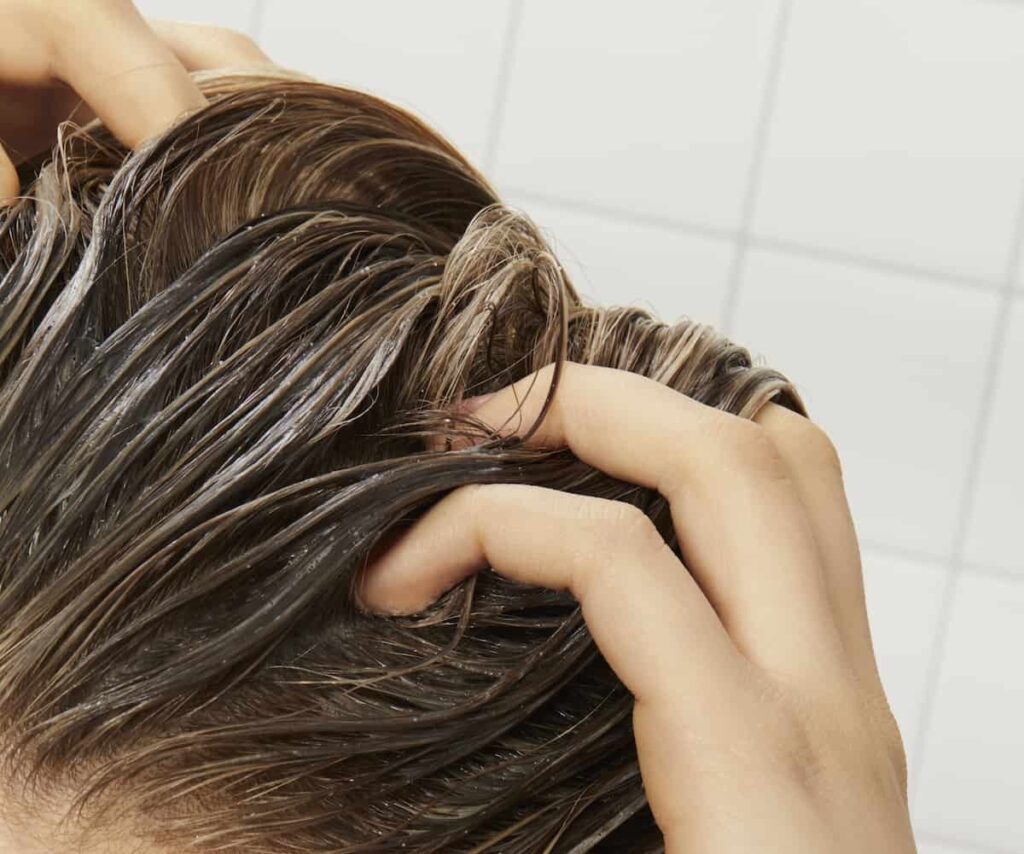
Hair Myth: Cutting your hair makes it grow faster
The science behind hair growth
The idea that cutting your hair makes it grow faster is a common misconception. Hair growth occurs at the roots, not at the ends. Cutting your hair does not affect the rate at which it grows, as hair growth is determined by factors such as genetics and overall health. Trimming your hair regularly, however, can help to promote healthier hair by removing split ends and preventing breakage, which can make it appear to grow faster.
Effect of haircuts on hair length
While getting regular haircuts does not increase the speed at which your hair grows, it can have an impact on maintaining hair length and preventing damage. By removing split ends and addressing any damage or breakage, haircuts can help to maintain the overall health of your hair and prevent it from becoming brittle and prone to breakage. It is important to communicate with your stylist about your hair goals and desired length to ensure that your haircuts are tailored to your preferences and needs.
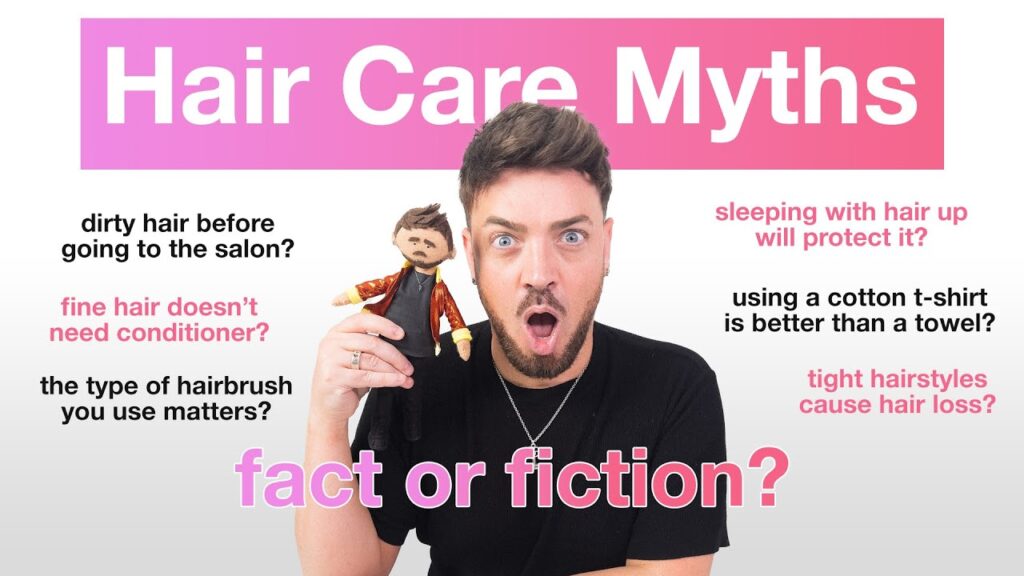
Hair Myth: Brushing your hair 100 strokes a day makes it healthier
Benefits of brushing hair
Brushing your hair has several benefits, such as stimulating the scalp and distributing natural oils throughout the hair strands, which can help to promote a healthy scalp and moisturized hair. However, the idea that you need to brush your hair 100 strokes a day is unnecessary and can actually be damaging. Excessive brushing can lead to hair breakage and damage, especially if you are using the wrong type of brush or applying too much force.
Recommended brushing techniques
To keep your hair healthy and avoid unnecessary damage, it is important to use the right brushing techniques. Start by choosing a brush that is suitable for your hair type, such as a wide-toothed comb for detangling or a boar bristle brush for distributing oils. When brushing, start from the ends and work your way up to avoid pulling on the hair strands. Be gentle and use smooth, fluid motions to avoid causing breakage or damage. Additionally, avoid brushing your hair when it is wet, as it is more prone to breakage when it is damp.
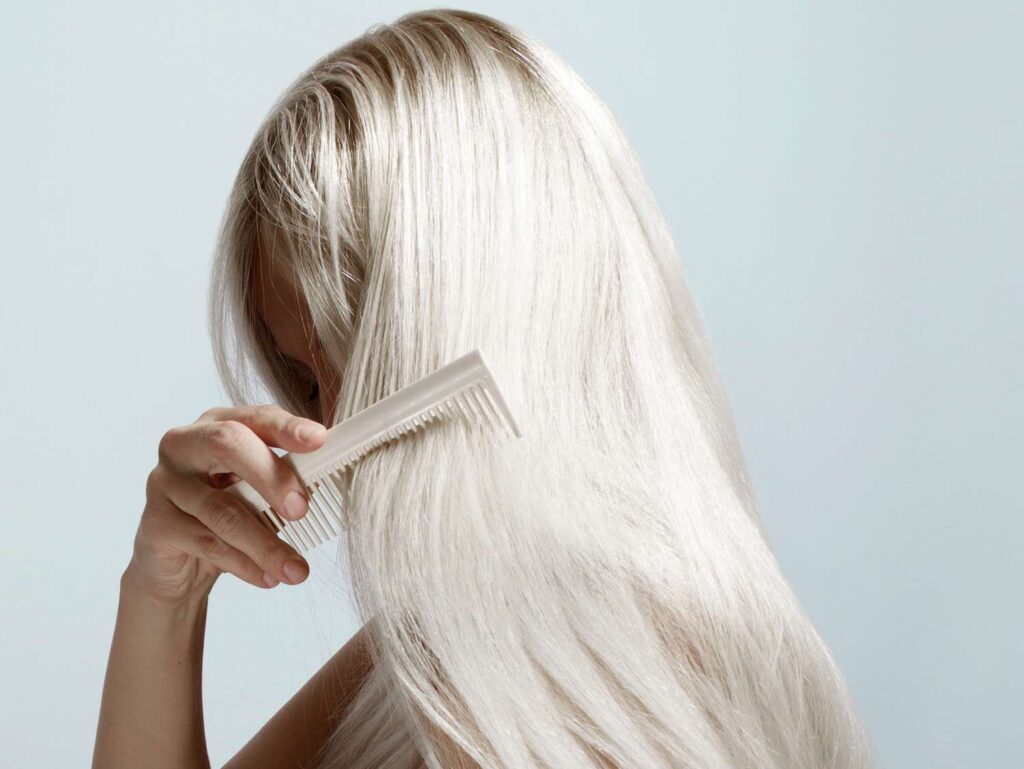
Hair Myth: Split ends can be repaired
Causes of split ends
Split ends are a common hair concern that occurs when the protective outer layer of the hair cuticle becomes damaged and starts to split. There are several factors that can contribute to the development of split ends, including excessive heat styling, chemical treatments, harsh brushing, and lack of moisture. Once the hair cuticle is damaged, it is not possible to repair the split ends completely.
Preventing split ends
While split ends cannot be fully repaired, they can be prevented through proper hair care practices. Regular trimming is essential to remove split ends and prevent them from traveling up the hair shaft. Additionally, it is important to minimize heat styling, use heat protectant products, and avoid harsh brushing or combing. Maintaining a proper hair care routine that includes moisturizing the hair and protecting it from damage can help to reduce the occurrence of split ends.
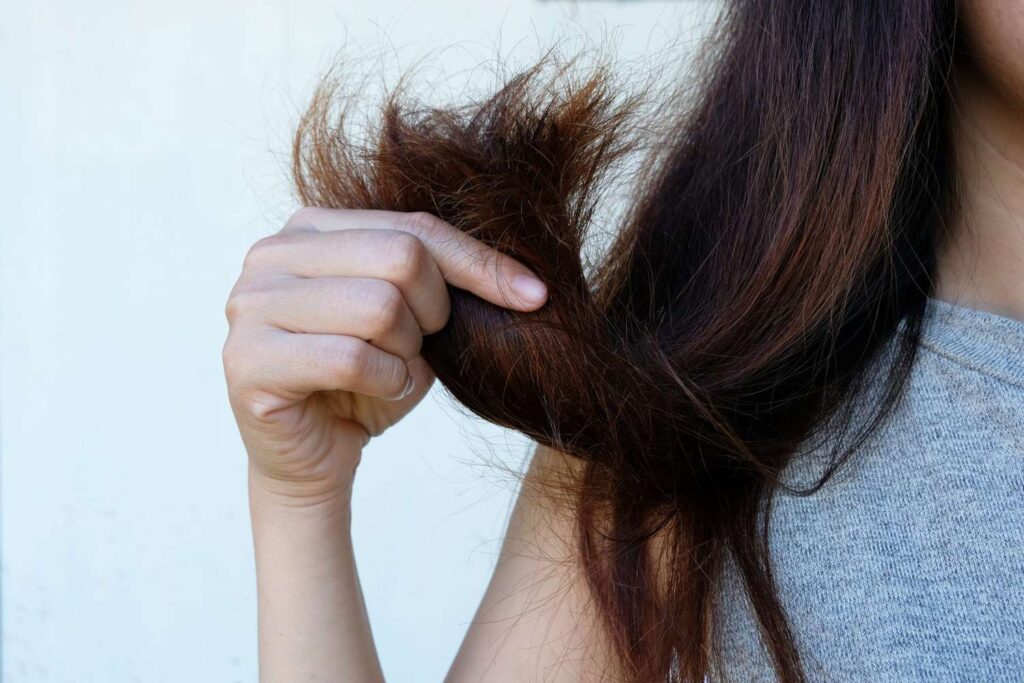
Trimming vs. repairing split ends
Trimming is the most effective way to address split ends. By removing the damaged ends, you can prevent them from causing further breakage and maintain the overall health of your hair. While there are products on the market that claim to repair split ends, they only provide a temporary solution by binding the split ends together or coating the hair strands. These products do not actually repair the damage, and regular trimming is still necessary to prevent the split ends from worsening.
Hair Myth: Coloring your hair causes damage
Effects of hair coloring on hair health
Coloring your hair is a popular way to change your look, but many people worry that it can cause damage. While hair coloring does involve chemical processes that can have an impact on the hair, the extent of the damage depends on various factors, such as the quality of the products used, the expertise of the stylist, and the aftercare routine. When done correctly and with proper care, hair coloring can be a safe and beautiful way to express your personal style.
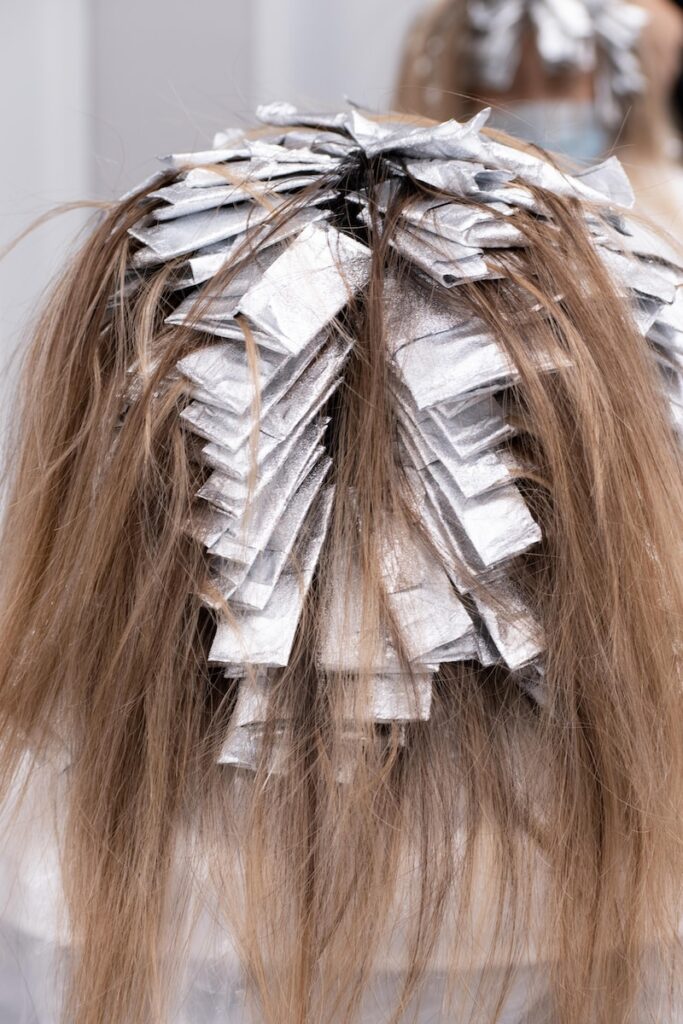
How to minimize damage from hair coloring
To minimize damage from hair coloring, it is important to choose high-quality hair dye products and seek the assistance of a professional stylist who specializes in hair coloring. A skilled stylist will be able to assess the condition of your hair, recommend suitable coloring techniques, and provide guidance on caring for your colored hair. Additionally, it is important to follow a proper aftercare routine, including using color-safe shampoos and conditioners, avoiding excessive heat styling, and moisturizing the hair regularly to keep it healthy and vibrant.

Hair Myth: Hair grows back thicker after shaving
Understanding hair growth
Hair growth is a natural process that occurs at the hair follicles beneath the scalp. Shaving does not affect the rate or thickness of hair growth, as it only removes the hair from the surface of the skin. When hair grows back after shaving, it may appear to be thicker because it has a blunt tip. However, the thickness of the hair shaft remains the same.
Effects of shaving on hair thickness
Contrary to the myth, shaving does not actually make hair grow back thicker. The appearance of thicker hair after shaving is due to the blunt tip of the hair shaft, which can make it feel coarser and look more prominent. This misconception may stem from the fact that shaved hair feels different compared to hair that naturally tapers at the ends. With time, as the shaved hair grows and tapers naturally, it will appear to be the same thickness as before.
Hair Myth: Blow-drying causes hair loss
Understanding hair loss
Hair loss is a common concern that can be caused by various factors, such as genetics, hormonal changes, nutrient deficiencies, and certain medical conditions. While blow-drying can lead to hair damage if not done correctly, it does not directly cause hair loss. However, excessive heat and improper blow-drying techniques can weaken the hair strands, leading to breakage and the appearance of thinning hair.
Effects of blow-drying on hair health
When blow-drying, it is important to use the right heat setting and maintain a safe distance between the dryer and your hair to avoid heat damage. Excessive heat can cause the hair cuticles to lift and make the hair more susceptible to breakage. Additionally, overusing heat styling tools can lead to dryness and brittleness, which can contribute to hair damage and hair loss over time. To minimize these effects, it is recommended to use heat protectant products, limit the use of heat styling tools, and allow the hair to air dry whenever possible.

Tips for minimizing hair damage while blow-drying
To minimize hair damage while blow-drying, start by towel-drying your hair gently to remove excess moisture before using the dryer. Use a heat protectant spray or serum to create a barrier between your hair and the heat. Choose a dryer with adjustable heat and speed settings, and use the lowest heat setting that is effective for your hair type. Maintain a distance of at least six inches between the dryer and your hair to avoid excessive heat exposure. Additionally, consider using a diffuser attachment or cold air setting to minimize heat damage further.
Hair Myth: Natural hair products are always better
Benefits of natural hair products
Natural hair products have gained popularity due to their perceived benefits of being gentler and free from harsh chemicals. Many natural products contain ingredients derived from plants or minerals that can nourish and improve the health of the hair. Additionally, natural products are often environmentally friendly and cruelty-free, which can be appealing to those who value sustainability and ethical practices.
Potential drawbacks of natural hair products
While natural hair products can offer many benefits, they are not always the best option for everyone. Some natural products may still contain allergens or irritants that can cause adverse reactions in certain individuals. Additionally, natural products may not always provide the same level of effectiveness as synthetic products, especially for more specific hair concerns. It is important to consider individual hair needs, preferences, and any potential sensitivities when choosing hair products.
Finding the right balance
The key to finding the right hair products lies in understanding individual hair needs and combining the benefits of natural and synthetic products. Natural products can be great for general hair care and maintaining hair health, while synthetic products may be more effective for addressing specific concerns such as dandruff, frizz, or color protection. Experimenting with different products and talking to a hair care professional can help in finding the right balance that works best for you.
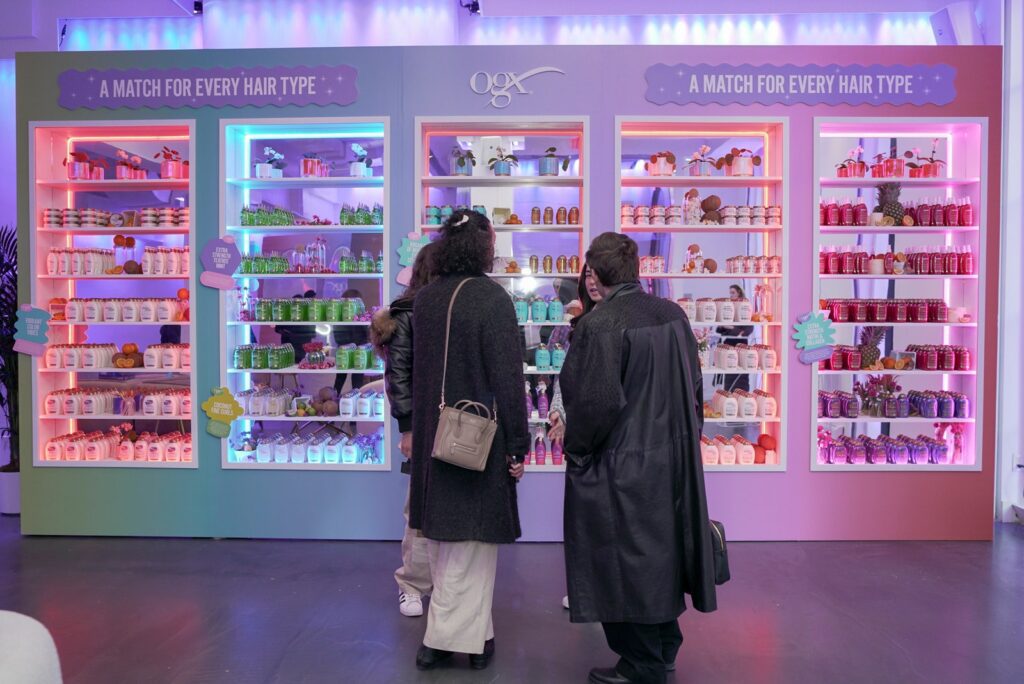
Hair Myth: Greasing the scalp promotes hair growth
Importance of a healthy scalp
A healthy scalp is essential for promoting hair growth. It provides a nourishing environment for the hair follicles and plays a crucial role in maintaining the overall health of the hair. While it is important to maintain a clean and moisturized scalp, the idea that greasing the scalp promotes hair growth is a myth.
Effects of greasing the scalp
Greasing the scalp with oils or heavy products can actually have the opposite effect on hair growth. Over-greasing the scalp can clog the hair follicles, leading to poor circulation and potential hair loss. Additionally, excess oil on the scalp can attract dirt and debris, which can further inhibit healthy hair growth. It is important to use lightweight and scalp-friendly products to maintain a healthy environment for hair growth.
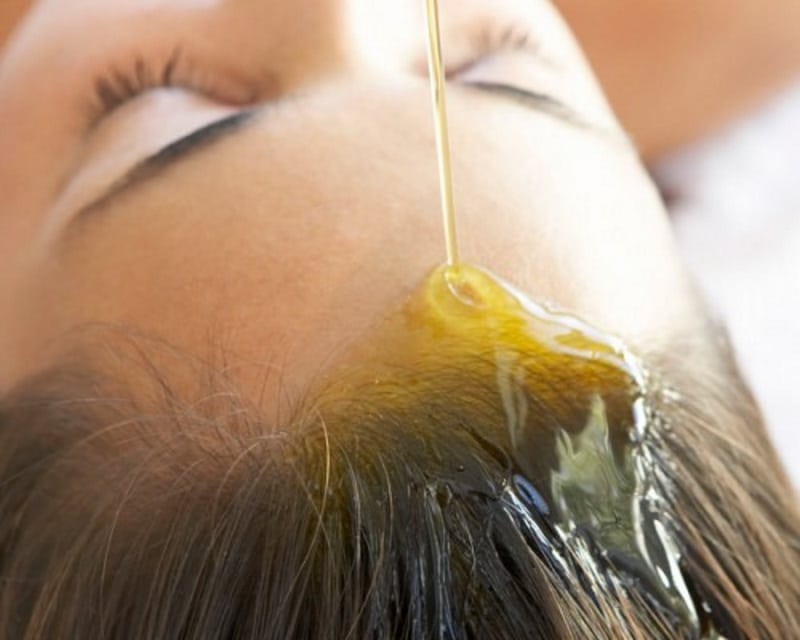
Alternative ways to promote hair growth
Instead of greasing the scalp, there are alternative ways to promote hair growth. A balanced diet, regular exercise, proper hydration, and minimizing stress can all contribute to a healthy scalp and hair growth. Additionally, using scalp massages or stimulating treatments can help to improve blood flow and promote a healthy environment for hair growth. It is important to consult with a hair care professional for personalized advice on promoting hair growth based on individual needs and concerns.
Hair Myth: Wearing hats leads to hair loss
Understanding hair loss causes
Hair loss can be caused by various factors, such as genetics, hormonal changes, stress, and certain medical conditions. The idea that wearing hats can lead to hair loss is a common misconception. While some hats may cause friction or pressure on the hair, it is unlikely to be a significant contributing factor to hair loss.
Effects of hat-wearing on hair health
Wearing hats can actually have some benefits for hair health. Hats can provide protection from harmful UV rays, excessive heat, and environmental pollutants, which can help to maintain the overall health of the hair. However, it is important to choose hats made of breathable materials and avoid wearing tight hats for extended periods to minimize potential damage or discomfort.

Tips for hat-wearing without causing hair loss
To ensure that hat-wearing does not contribute to hair loss, it is important to follow a few simple guidelines. Choose hats that fit comfortably and allow for proper ventilation to prevent excessive sweating and irritation. Avoid wearing hats for long durations without giving your hair and scalp a break. It is also important to maintain a healthy hair care routine, including regular washing and conditioning, to keep the scalp clean and balanced. Following these tips can help to enjoy the benefits of hat-wearing while minimizing any potential negative impact on hair health.
In conclusion, debunking common hair myths is important to ensure that you are properly caring for your hair. By understanding the facts behind these myths, you can make informed choices and develop a hair care routine that promotes healthy, beautiful hair. Remember to consider your individual hair type, lifestyle, and preferences when making decisions about washing, cutting, brushing, and styling your hair. And always consult with a hair care professional for personalized advice and guidance tailored to your specific needs.

